
City Traffic / Smart City
Each operation and data necessary for urban functions, such as people, power, and transportation infrastructure, are reproduced as a digital twin. By integrating dispersed data, cities can be designed into their optimal form. GRID aims to support the creation of sustainable cities of the next generation by solving various issues that cities face, such as the environment, vitality, and convenience.
課題
Distributed city data
Reproduction of field operations on a digital twin. A precisely reproduced digital twin allows you to test your actions in any situation.
Creating liveliness and saving energy at the same time
AI derives optimal operations according to set KPIs on the simulator.
Huge implementation costs
AI pseudo-generates multiple demand forecast scenarios to prepare for an uncertain future. Optimal plans corresponding to each scenario are calculated, and the results are analyzed to enable robust planning.

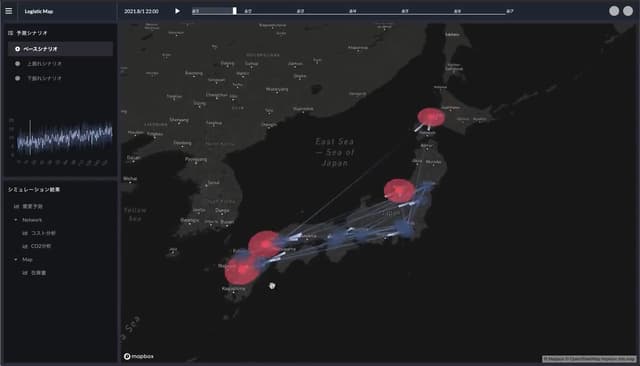
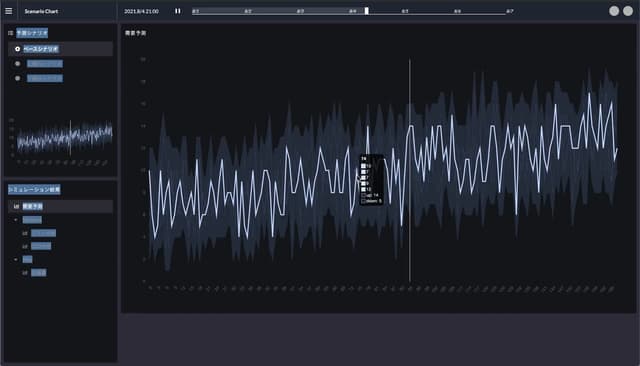
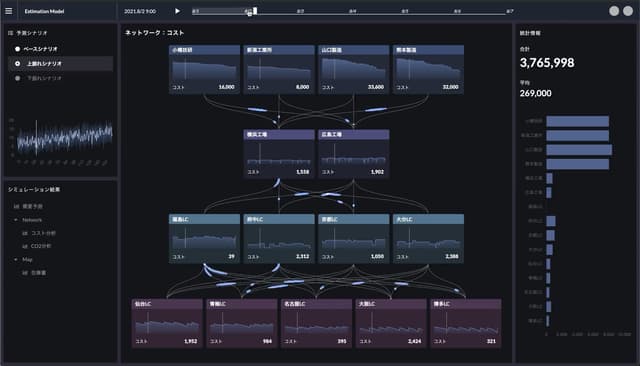

Commercial Facility Optimization
Optimize tenant placement within the facility to improve people flow, sales, and overall facility consumption
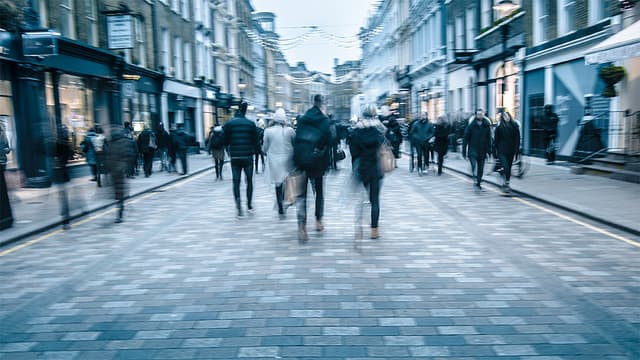
Consumerism Purchase Optimization
Appropriately directing the target audience to each store to consumerism and revitalize the area's economy as a whole
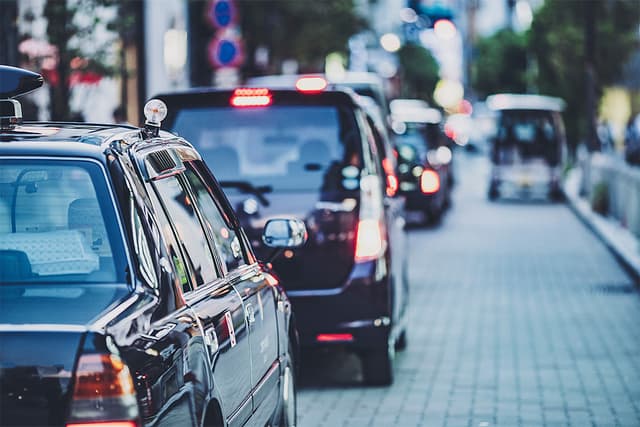
Dispatch Optimization
Optimize the transportation network in the area so that users can travel in the best way and at the best time.
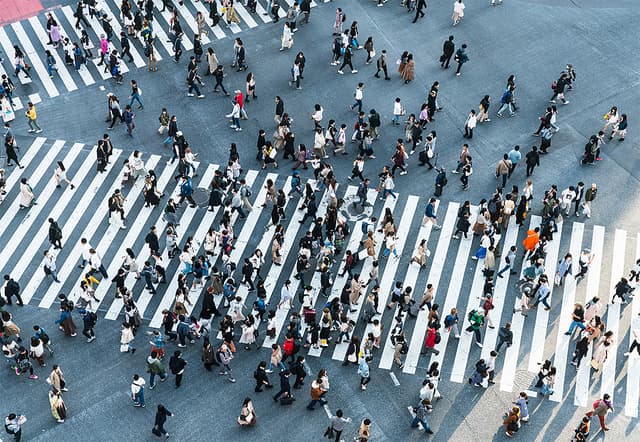
Human flow optimization
Control human flow through mobile apps and signage-based incentives in conjunction with infection prevention, customer attraction, and other objectives
